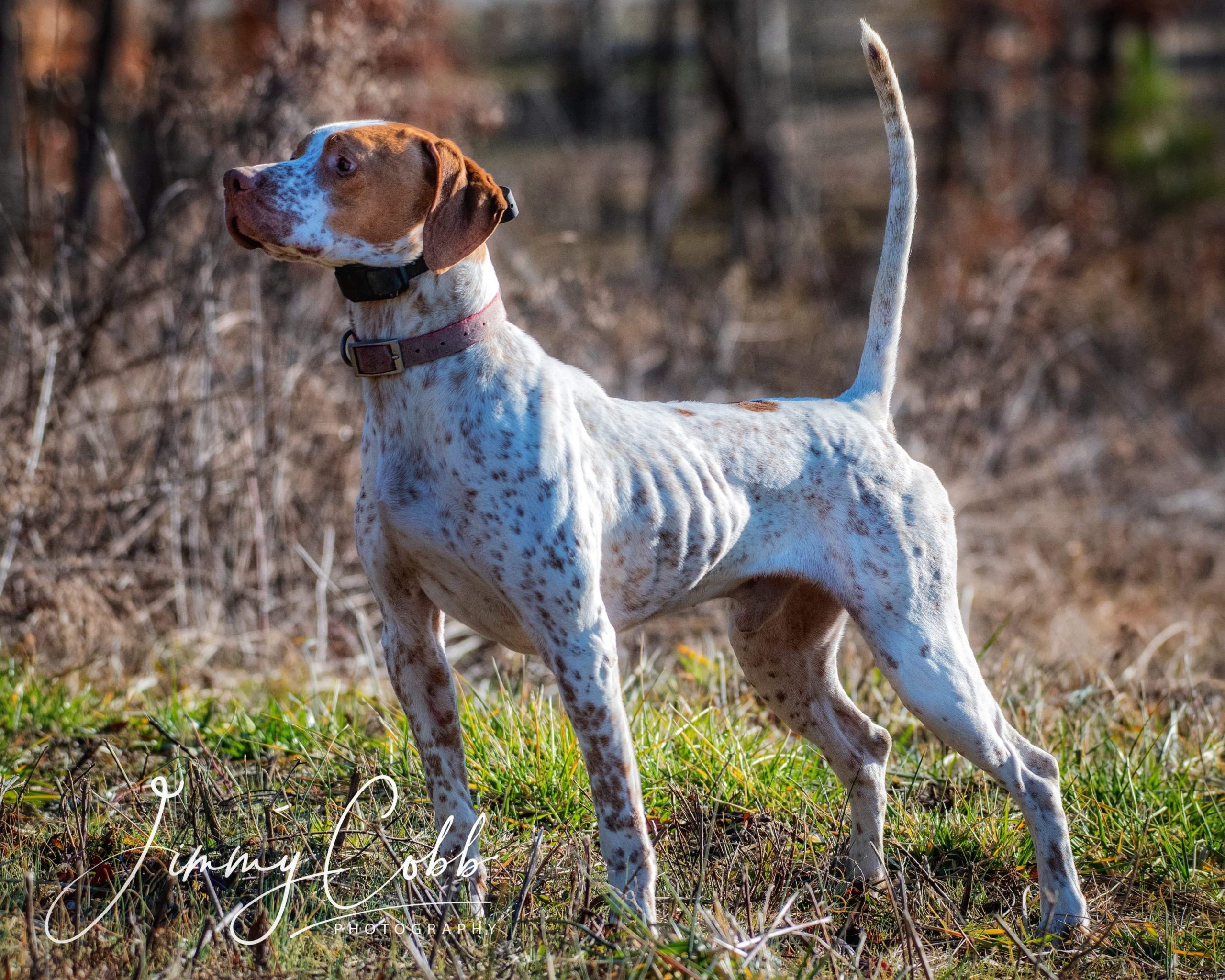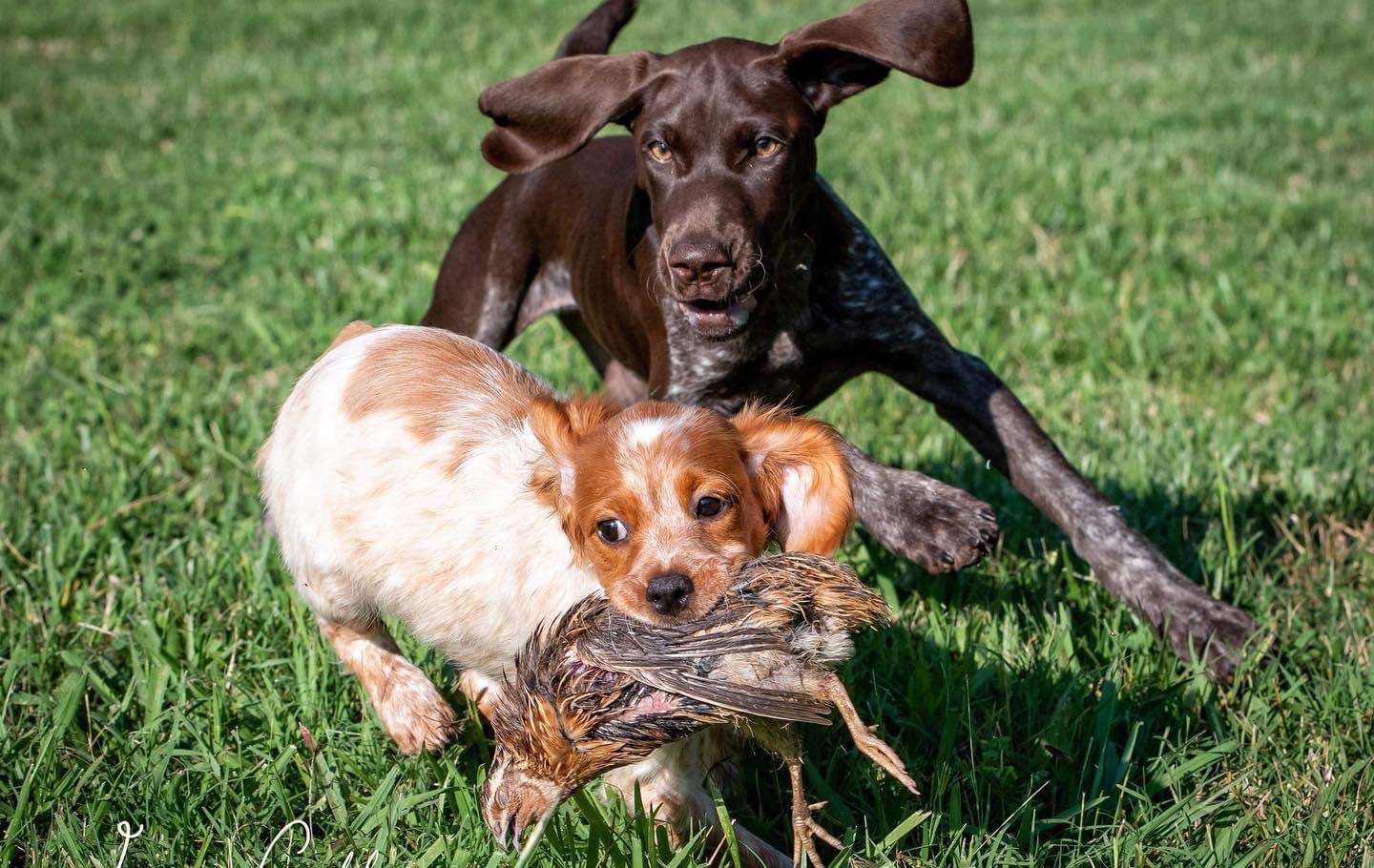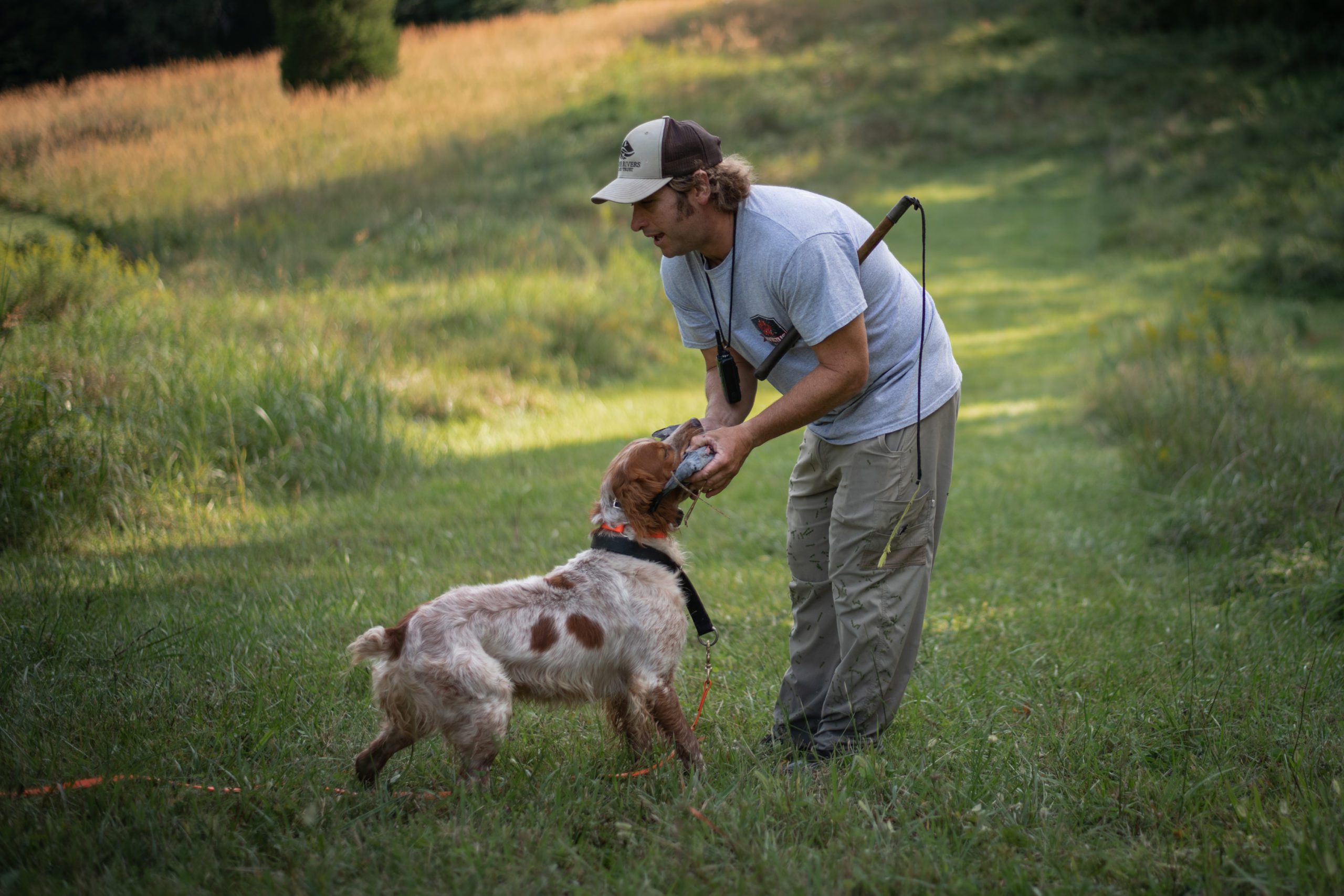Prey drive is defined as: The instinctive inclination of a carnivore to find, stalk, pursue, capture, and kill prey. When we ask our pointing dogs to perform in the field we are leaning on their inherent desire to perform these individual functions of prey drive. Regarding the “training” of basic desirable behaviors in our bird dogs, its simple enough; introduce them to a bird or two as pups and turn them loose in a game rich environment. As the dog ages we can add a little polish and handle while allowing the dog to relieve his/her stress in the field naturally. A trainer’s mastery of the balance of prey drive deprivation and satiation is what allows for the expression of “style” while in search of game and then in the presence of game. Often referred to as breaking, the steadying process can be described as simple, but it would be a grave error to think that it is easy. Most accomplished bird dog trainers I know say that the most important part of “breaking” dogs is being able to “read” them, and that talent can only be unlocked with experience.
When we break the predation sequence (find, stalk, pursue, capture, kill) down to its individual parts we can clearly see how specific aspects of prey drive have been exaggerated in certain breeds of dogs via genetic selection. Hounds are masters of the find/hunt while pointing dogs and hard eyed herders have been selected with stalk at or near the top of the list of criteria for selection; pursuit/chase is the realm of the sight hound, and terriers make pure art of the capture and kill. Even though the stalk has been weighted with greater significance than other aspects of predation in our pointing dogs, the other individual pieces of the sequence can still be stimulated, satiated, and/or deprived individually with intent by the trainer in the development of a “finished” bird dog. By taking control of these pieces of prey, the trainer has the power to turn these genetic needs into wants. By reinforcing the wants appropriately, we can make a useful hunting partner to help us sate our own want of sport and meat.
“Find” sits naturally at the front of the sequential list of aspects of prey, but the intensity and duration of the hunt can only be built through the expression of the other pieces of the sequence. We can’t really ask our dogs to hunt birds, until they’ve been exposed to them. That can happen naturally in an area of abundant wild game or we can expose our puppies to pen raised game in a controlled environment. The find/hunt usually grows in duration and intensity once we have the power to reinforce it. In sequence, the hunt is directly reinforced by the stalk.
The stalk is the predatory function that makes pointing dogs pointing dogs. Through many generations of selective breeding we’ve taken the stalk and turned it into a point. If our dog finds game but doesn’t stalk effectively the game springs and eludes dog and hunter. A dog that establishes point at an adequate distance to keep the game from springing and waits for the hunter to produce said game has performed the task for which it was selectively bred. Springing game reinforces effective pointing. We can manipulate the environment to control the springing of the game (launchers/releasers/carded birds), but we absolutely cannot make them point. We can train a dog to stop and stand still, but this is not pointing.
Pursuit or chase is an individual aspect of prey drive of which our pointing dogs are all too often completely deprived. Understanding drive capping and drive neutrality as it relates to our pointing breeds gives us the latitude to harness the expression of drive in the form of chase. Chase itself can be brought to heel and we can teach our dogs that it can be accessed with impulse control. With the right dog under the right conditions “chase” can provide the lion’s share of the reinforcing power required to achieve the behaviors we desire from our dogs. Chase can bolster our dog’s attitude and raise his/her threshold for adversity in the work. Chase is motivation. Control it, don’t waste it.
“Capture” is most often utilized as a function of the retrieve. It is the body of the retrieve while chase is the foundation and possession is the capstone. The dogs desire to return and engage his owner or handler with the prey item is a function of the grace of the social nature of our hunting partners. If the dog does not receive something in return, the “natural retrieve” will not develop or continue to exist for long. Dogs that lack the desire to capture and possess are very difficult to build an inducive retrieve with through structured play alone.
Finally, we have (hopefully) dampened the desire to kill prey through generations of selective breeding and through regular satiation of food drive. The blunting of “kill” is a beautiful counterweight to the sharpening of “chase”.
Thank you to Jerry Bradshaw of Tarheel Canine in Sanford, NC for providing the inspiration for this blogpost with his articles and podcast.




